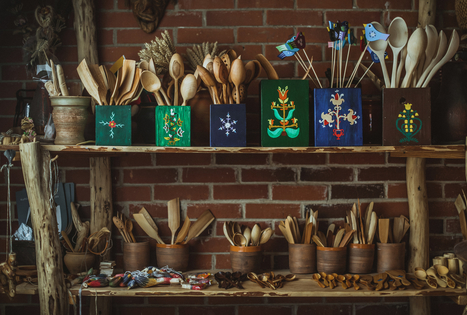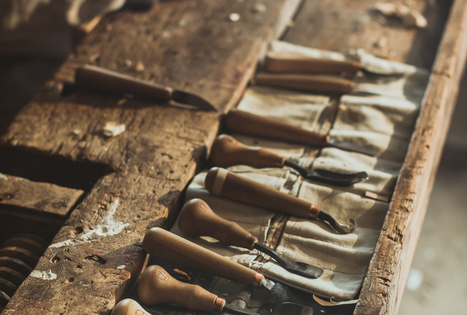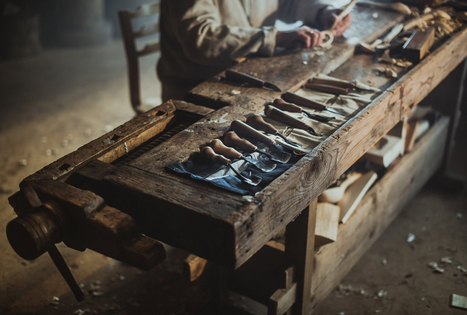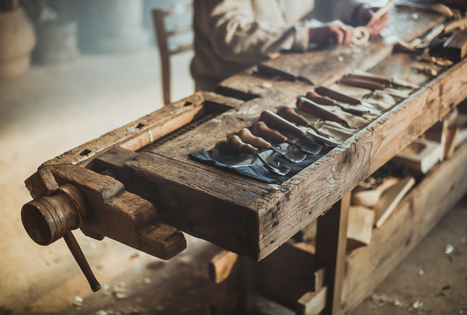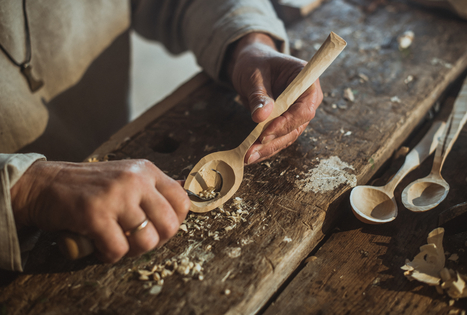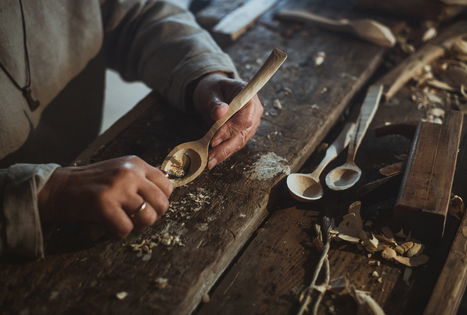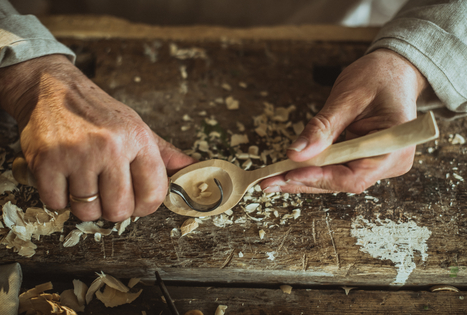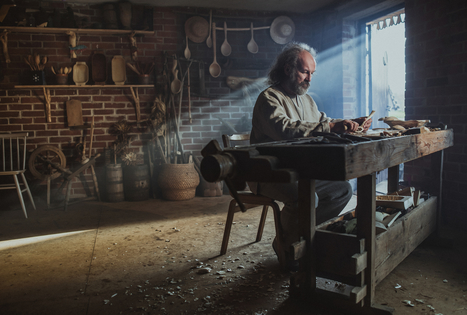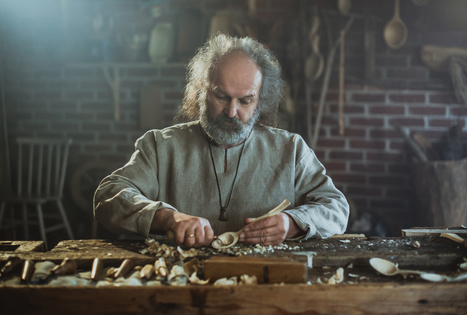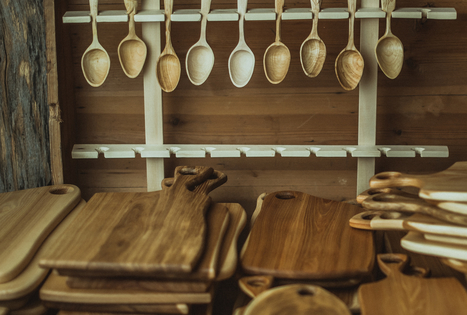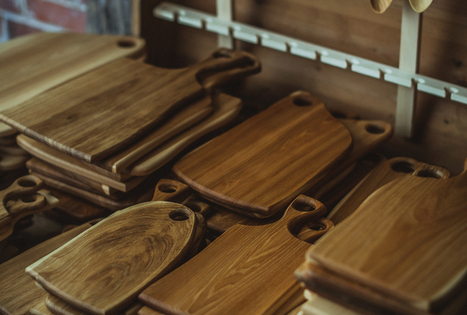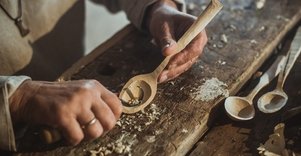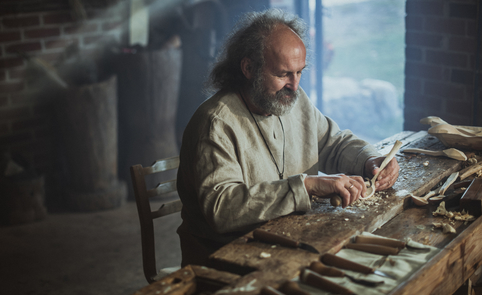We all know the question “Where’s my big spoon?”, but not everyone knows the history of the spoon’s origin and production.
One of the oldest types of cutlery in the world
The spoon is one of the oldest types of cutlery around, though the exact century of its origin is unknown. However, it is speculated to be one of the first utensils used by man. From the beginning, different cultures have produced spoons in different ways. Spoons were made of bone and stone as far back as the Stone Age, and in ancient Egypt they were made of wood, stone, and later – ivory. Spoons were used in ancient Greece and Rome.
In the Middle Ages, tin spoons and later –silver spoons – could be found in the homes of wealthier townspeople. In churches they were used as liturgical vessels. Bronze, iron, gold, aluminium and copper alloys were also used in the production of metal spoons.
Interestingly, Europeans used to carry their spoons with them until the 18th century. It was personal item as a wallet or keys are now. Spoons with different purposes – such as tea, dessert or soup – emerged in the 18th century.
The irreplaceable wooden spoon
Up until the interwar period, wooden utensils dominated in Lithuanian homes. Not everyone was able to purchase or make metal spoons. People usually made wooden spoons themselves, and they remained unchanged until the mid-20th century.
There were two main ways of making wooden spoons – from dry or green wood. Linden and maple were most commonly used for making spoons. The basic tools used for carving were quite simple – the same as for most other carved household utensils: knives and gouges.
For the dry method, the carver first splits the linden into quarters of the desired length and dries them for a year. Once the wood dries, it is cut into the shape of a spoon with a hatchet; then it is carefully polished on a lathe, and the “head” is scraped out with a hand knife. The wood is sanded until the spoons become smooth and no fluff is left.
In the case of green wood, it is boiled for two to three hours in salty water or steamed. If you begin to carve a branch that has just been cut from the tree, there is a good chance that the spoon will simply crack.
Spoon making today
When carving wooden spoons, the main goal was to make it as comfortable and smooth as possible. Interestingly, wooden spoons were not decorated like wooden dishes were.
Decorative spoons emerged in the beginning of the 20th century, and in the second half of the century, Lithuanians began making spoons from various metal alloys – mostly stainless steel. After World War II, metal spoons began to be used by a larger part of the population.
Spoons, ladles and scoops are manufactured in Lithuania by 18 certified artisans. They are carved from wood and produced from metal alloys, and are mostly used for decorative purposes.

